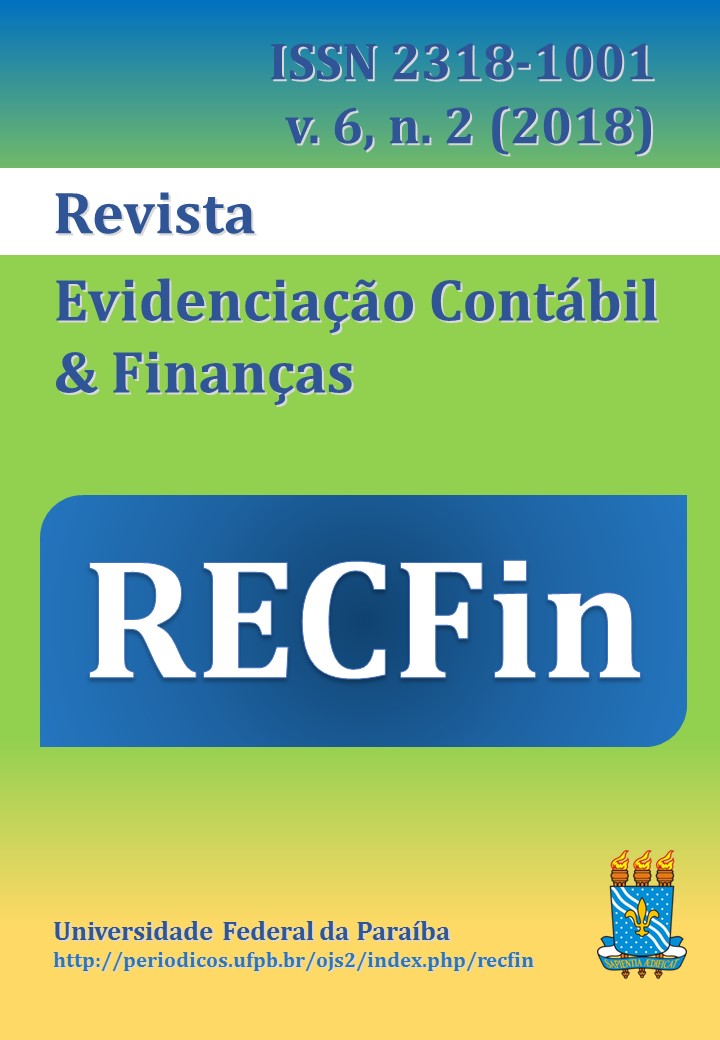Profitability of Technical Trading Rules in the Brazilian stock market
Palavras-chave:
Technical Trading Rules, Exchange Traded Funds, Rate of Change, Brazil, Data snooping biasResumo
Objective: The objective of this paper has been to analyze different trading strategies for the Brazilian stock market. This analysis is focused on the comparison and combination of different active rules against the passive rule of buy-and-hold.
Background: The role of regional leader of the Brazilian stock market has attracted the attention of the investors, who now consider it a valid alternative when seeking to diversify their portfolios. Consequently, an adequate use of the Technical Trading Rules (TTR) could help investors obtain the desired profits on their investments.
Method: We compare the performance of active strategies based on classical TTRs with a proposal based on the momentum indicator, and then all of them with those obtained from the passive strategy of buy-and-hold. Reality Check and Superior Predictive Ability tests are employed to account for possible data snooping bias.
Results: It is shown that the classical rules perform worse than a proposed rule based on the Rate of Change. Additionally, when we employ an ETF which tracks the smaller companies, we obtain higher performances than those obtained for larger companies.
Contributions: This analysis is especially interesting because, to our knowledge, there is no empirical evidence in that sense for the Brazilian stock market. Additionally, we extend the previous evidence by focusing on three ETFs that track large, medium and small companies of the Brazilian stock market and, therefore, the results obtained from our analysis will provide a better vision of the investment opportunities than what the previous empirical evidence has shown.
Downloads
Downloads
Arquivos adicionais
Publicado
Como Citar
Edição
Seção
Licença
Autores que publicam na RECFin concordam com os seguintes termos:- Autores mantém os direitos autorais e concedem à revista o direito de primeira publicação, com o trabalho simultaneamente licenciado sob a Licença Creative Commons Attribution que permite o compartilhamento do trabalho com reconhecimento da autoria e publicação inicial nesta revista;
- Em virtude de aparecerem nesta revista de acesso público, os artigos são de uso gratuito, com atribuições próprias, em aplicações educacionais e não-comerciais;
- A revista permitirá o uso dos trabalhos publicados para fins não-comerciais, incluindo direito de enviar o trabalho para bases de dados de acesso público.



